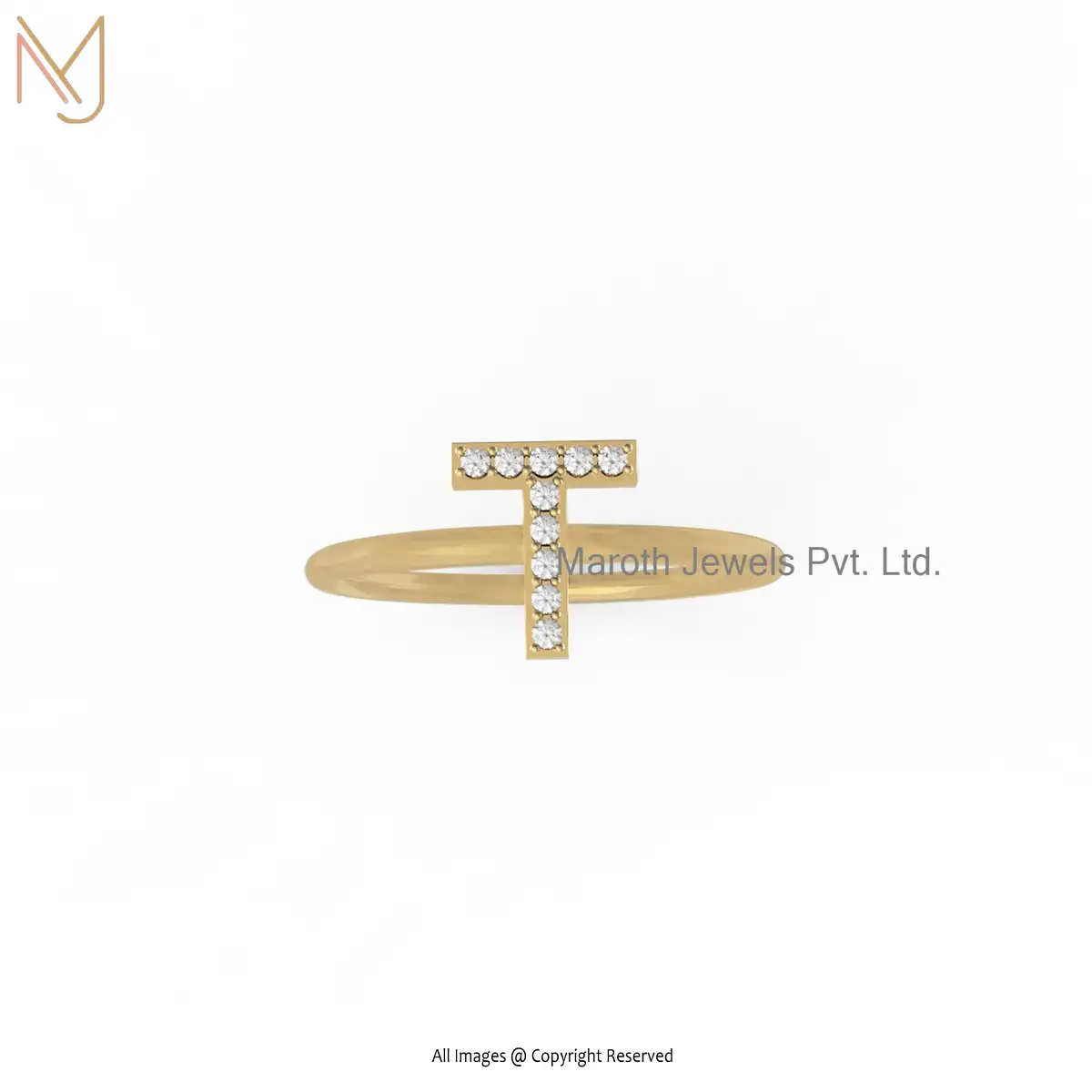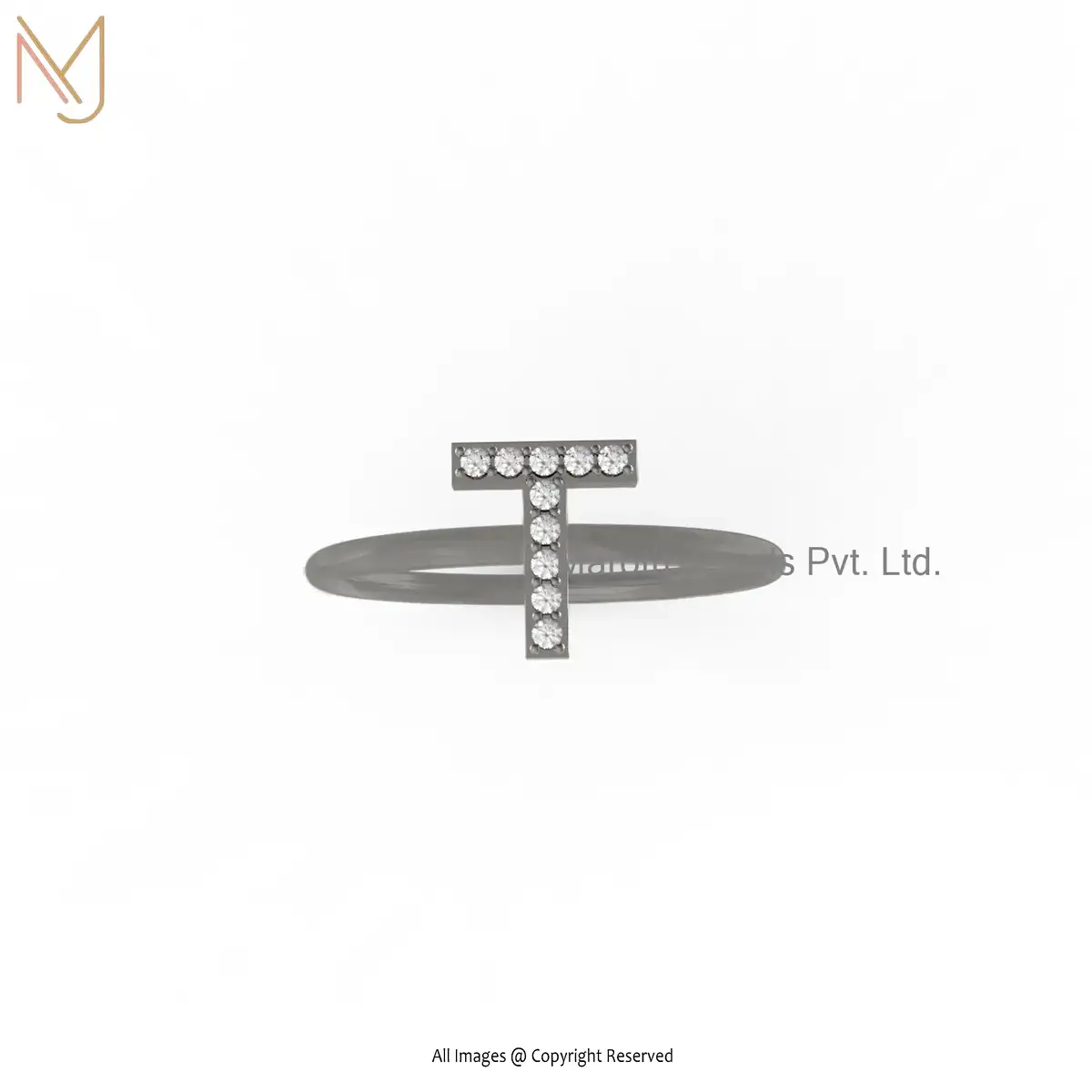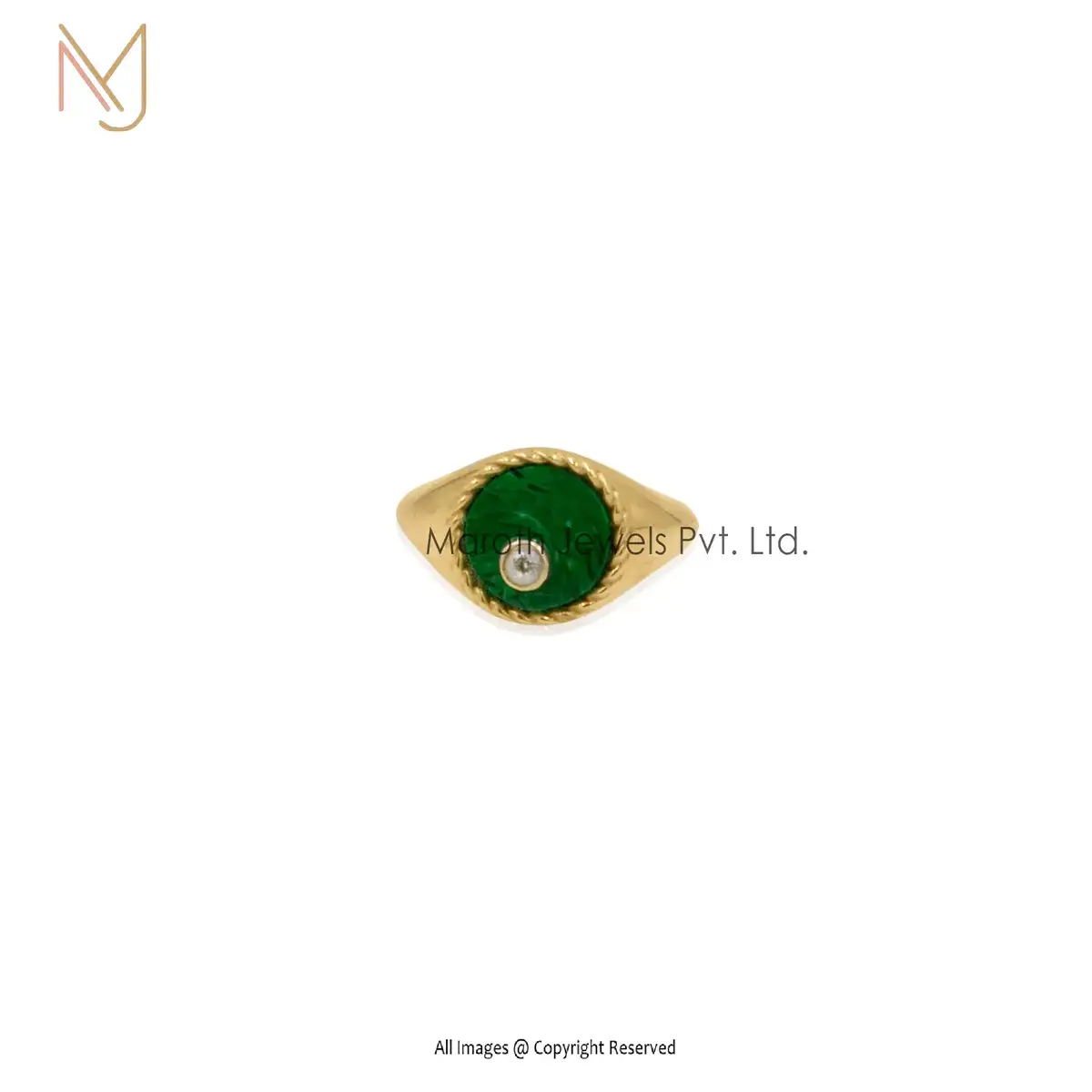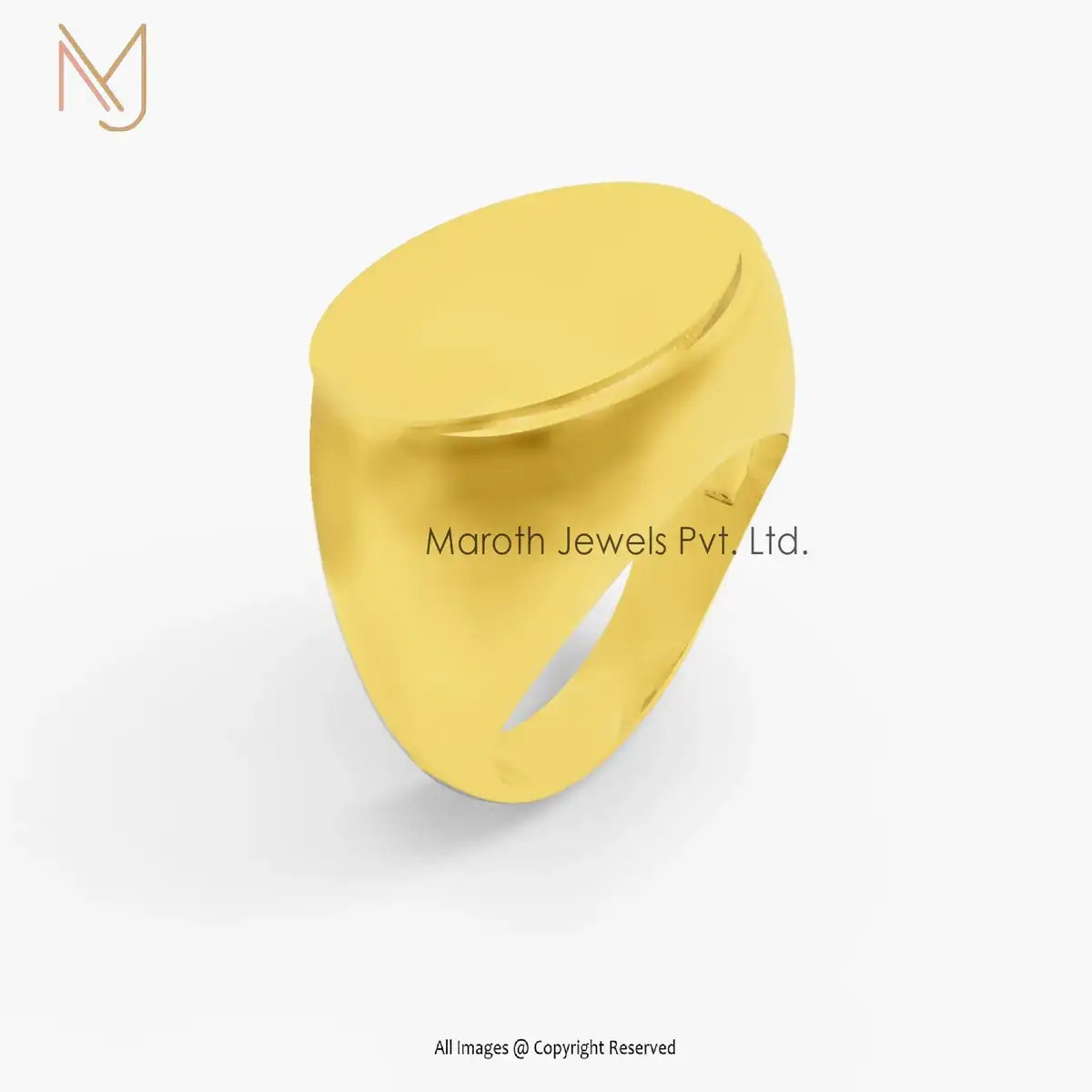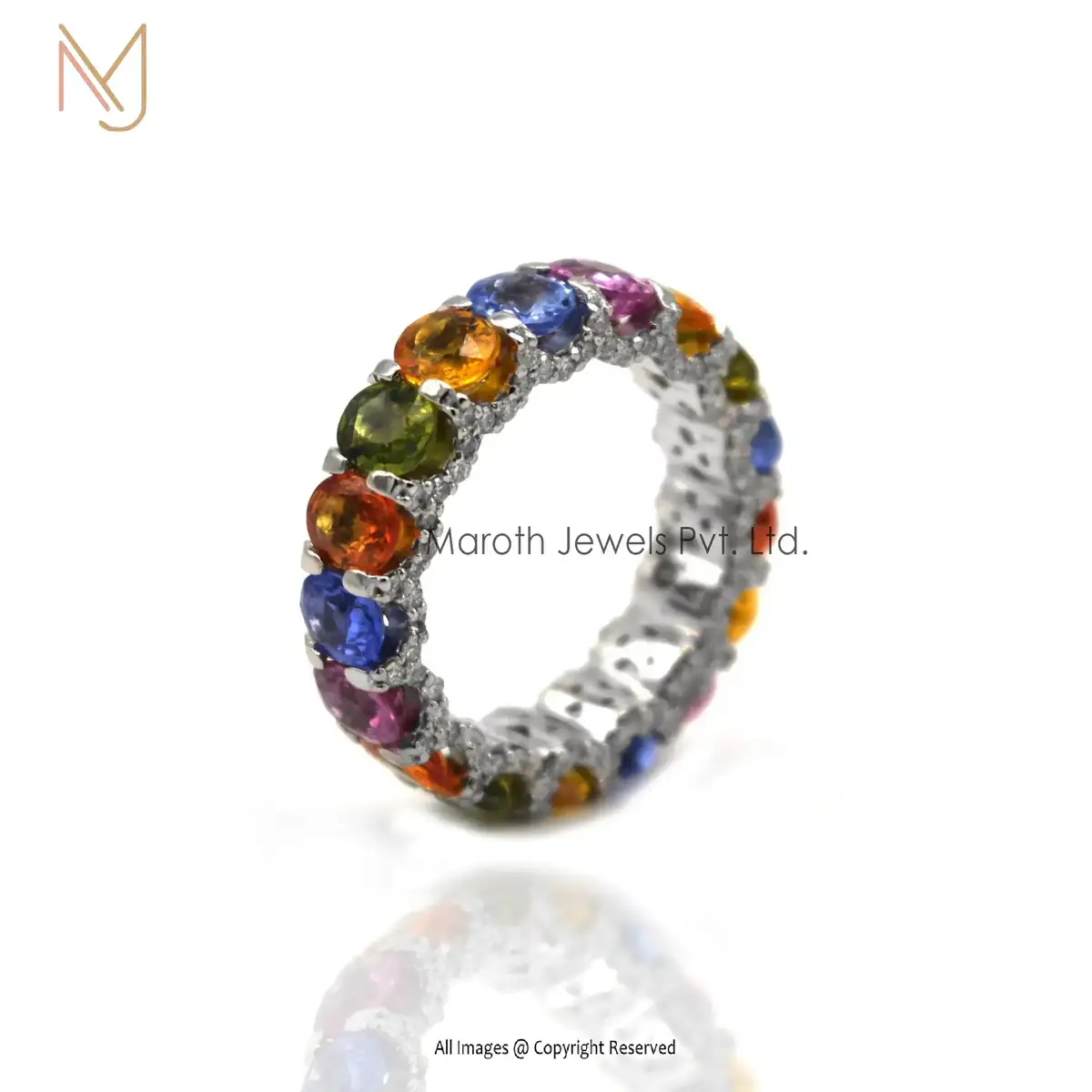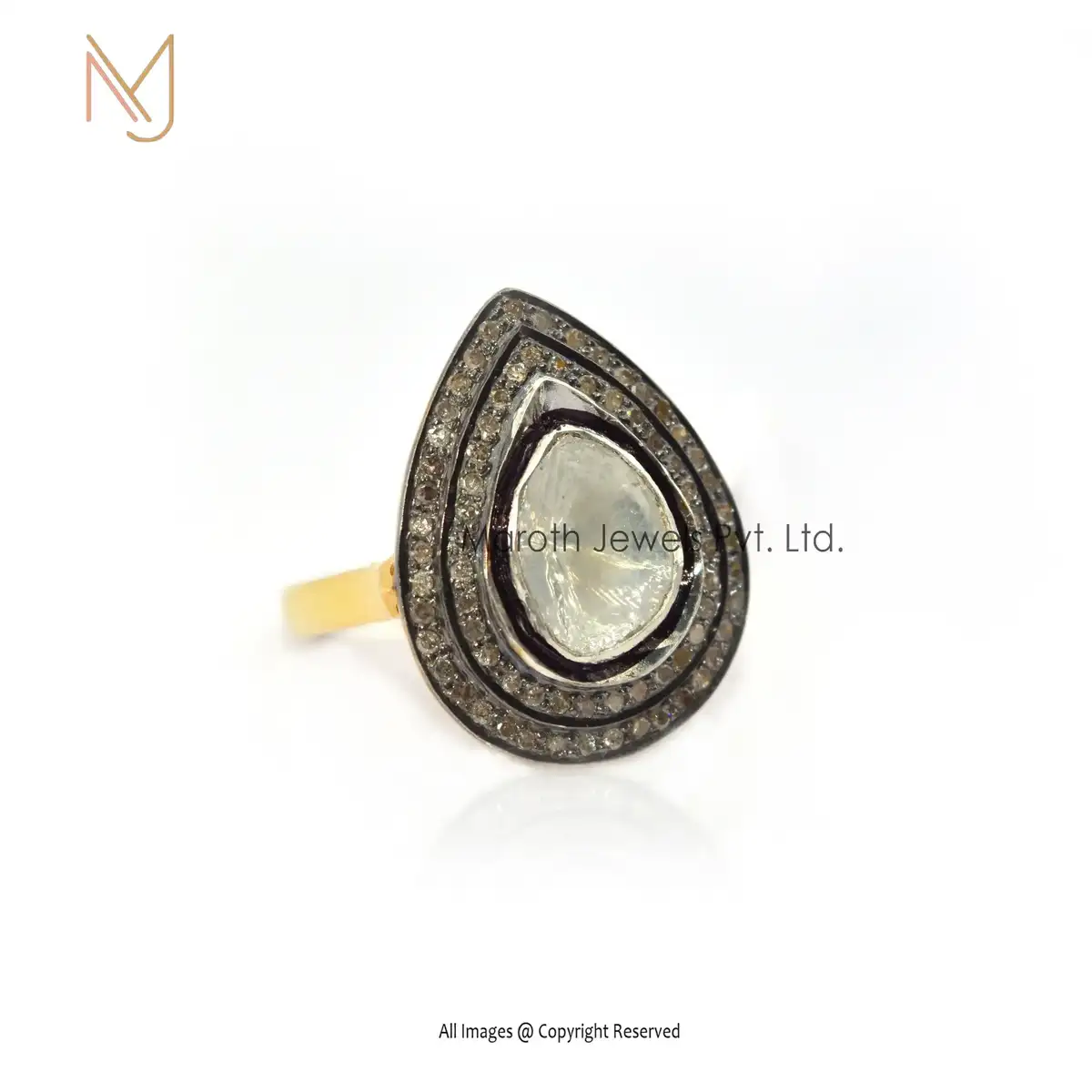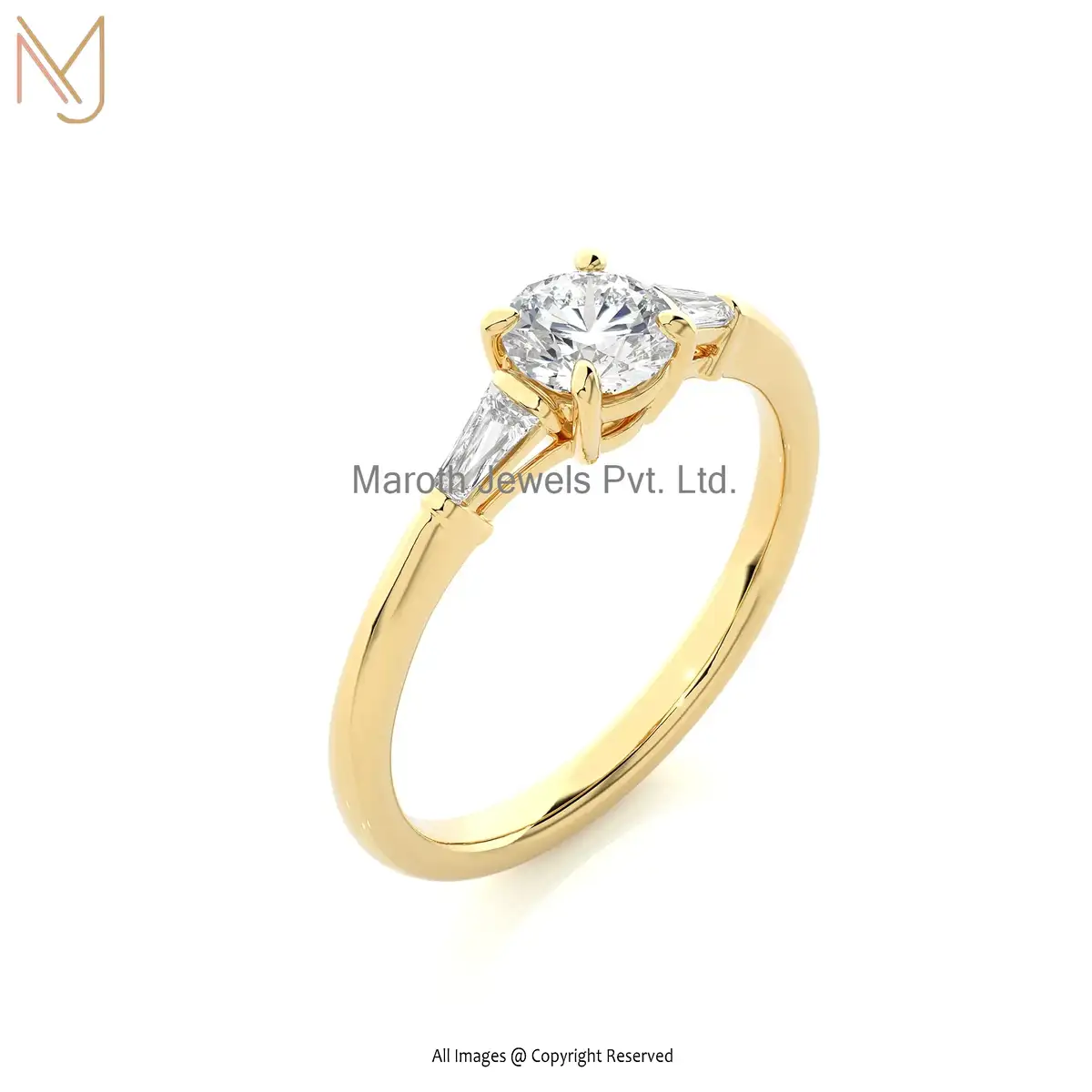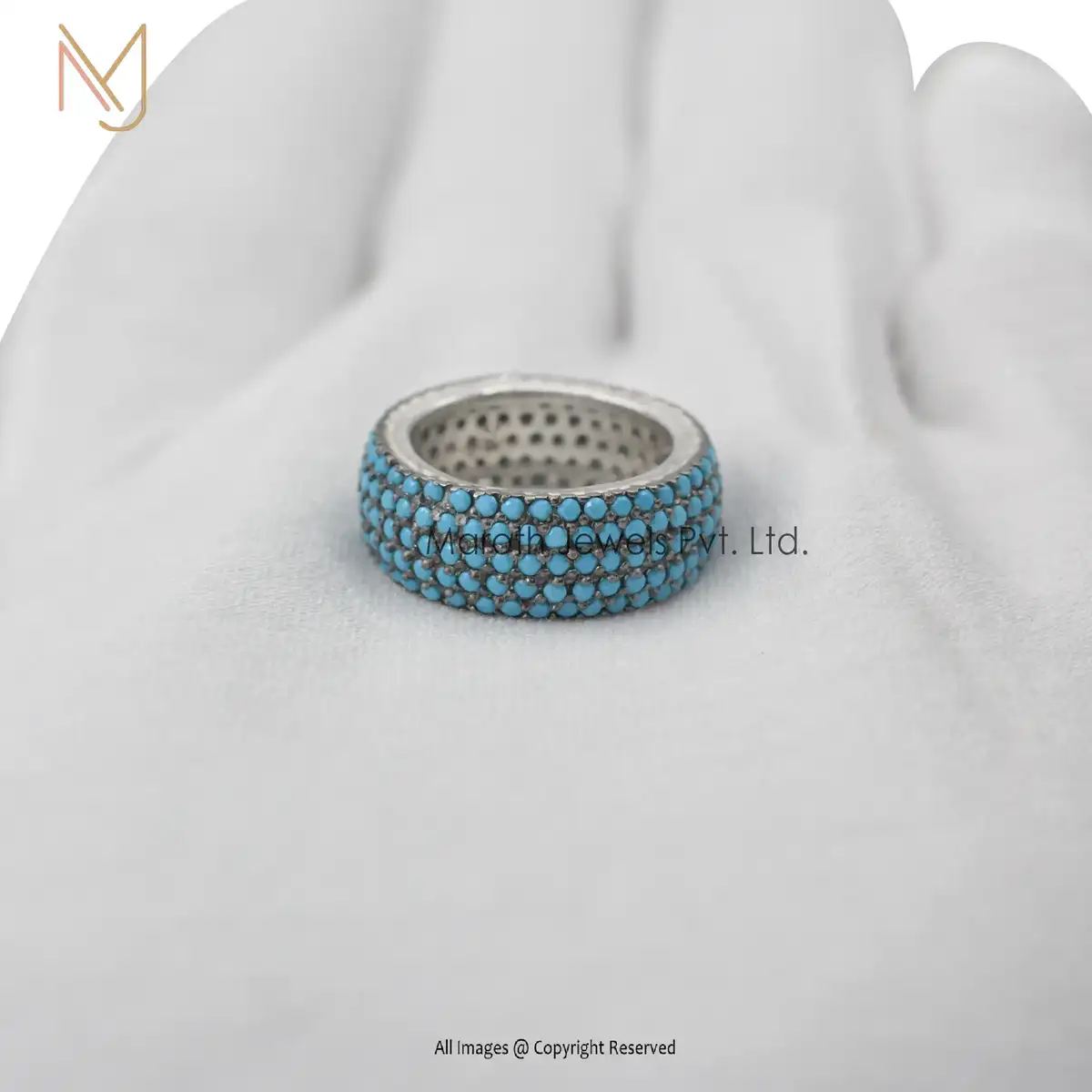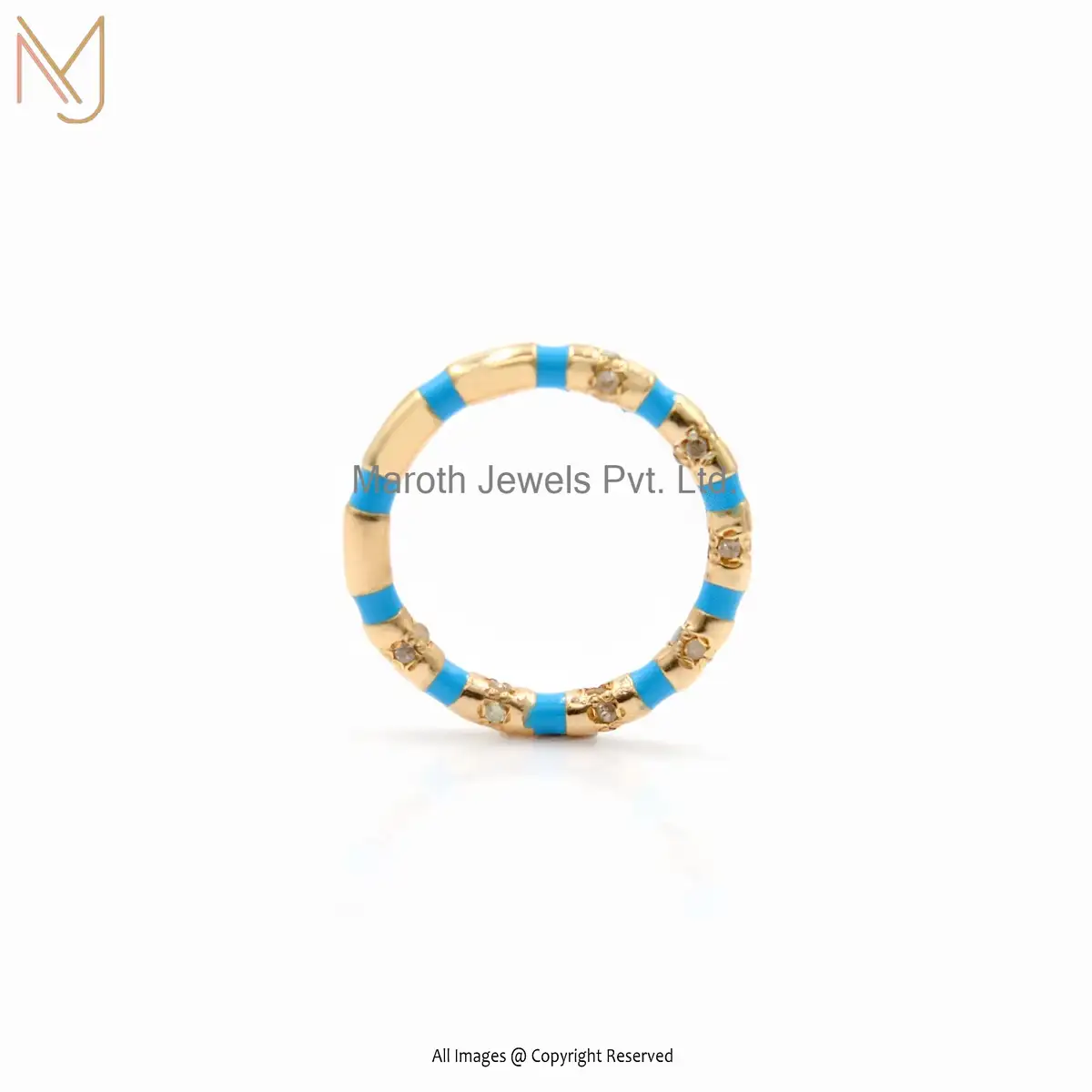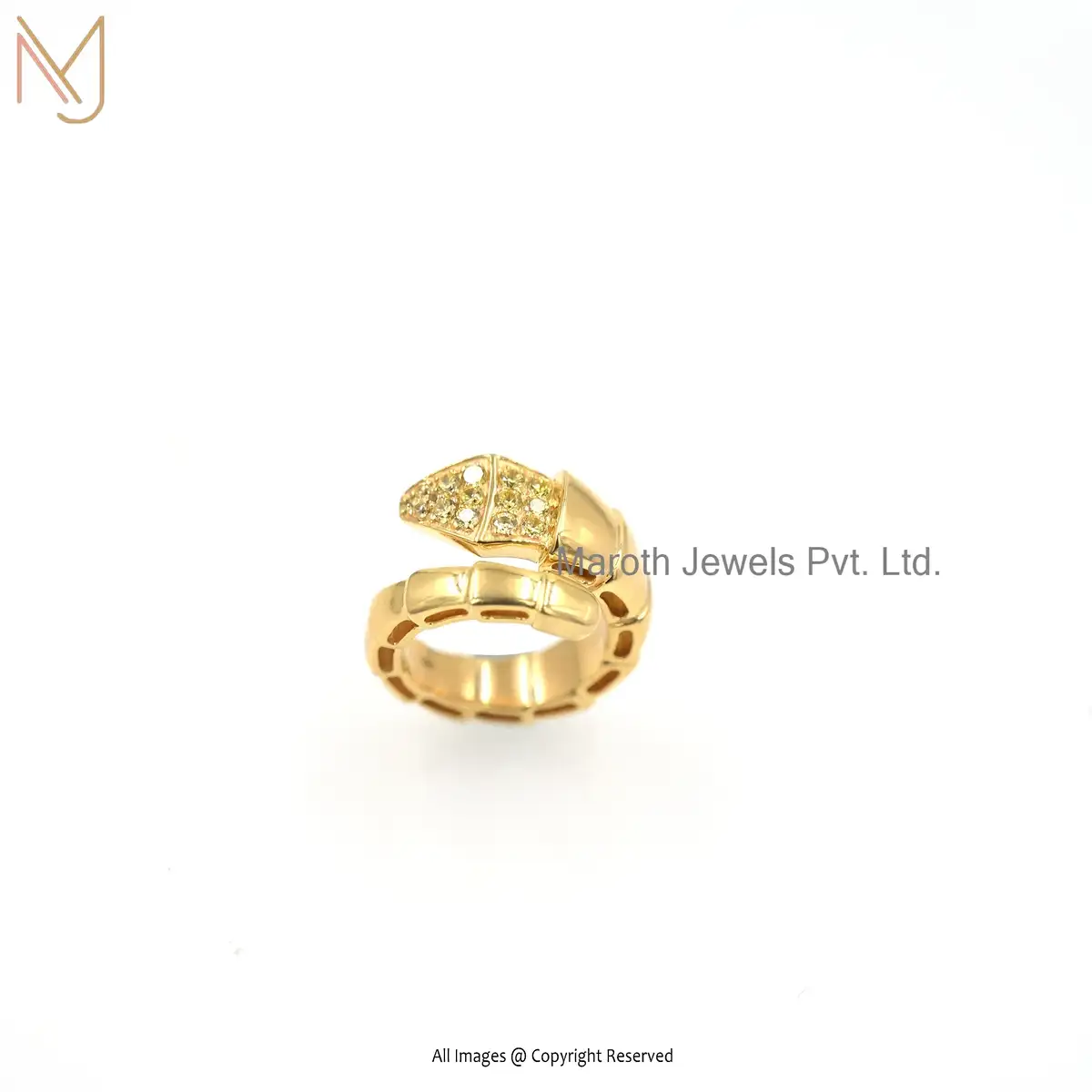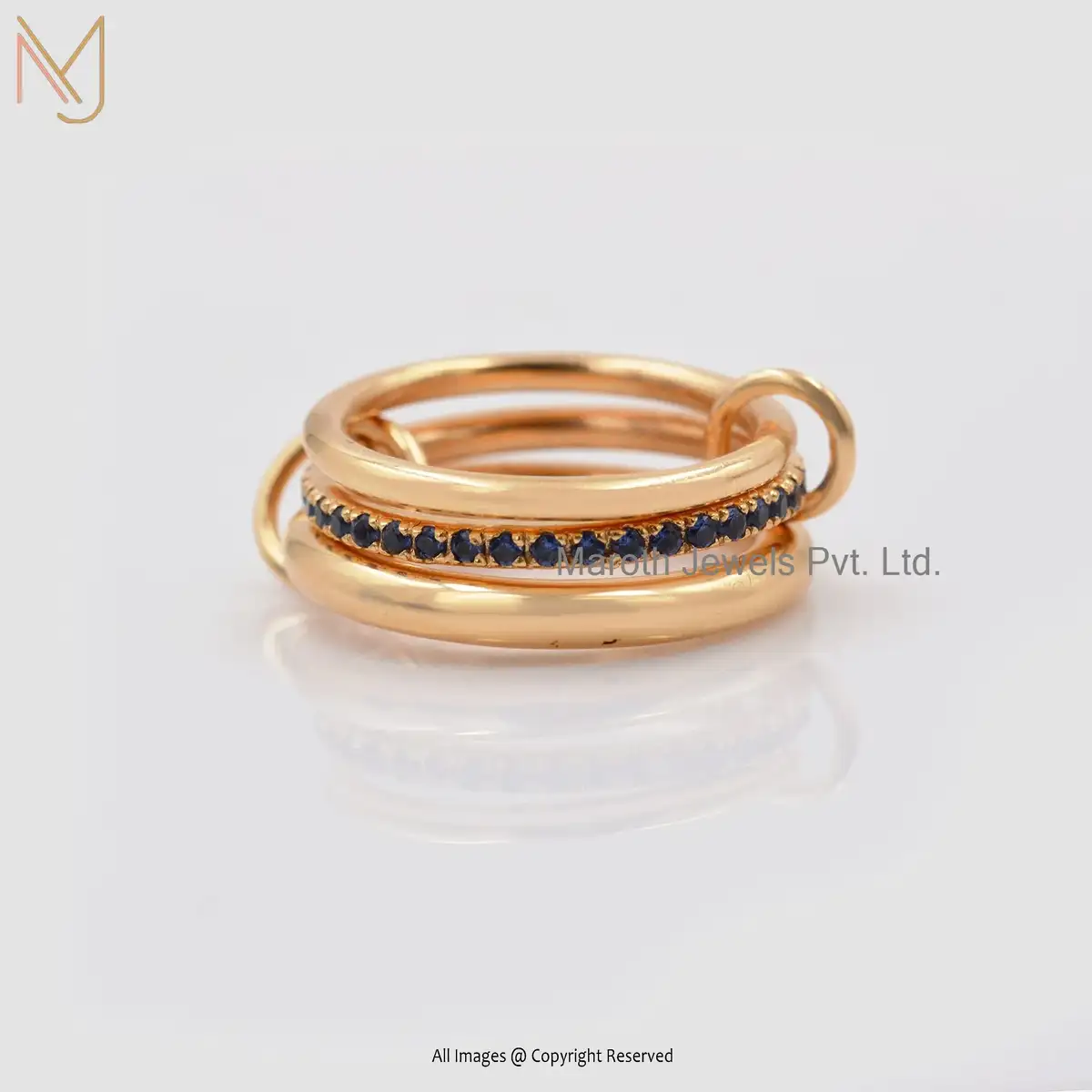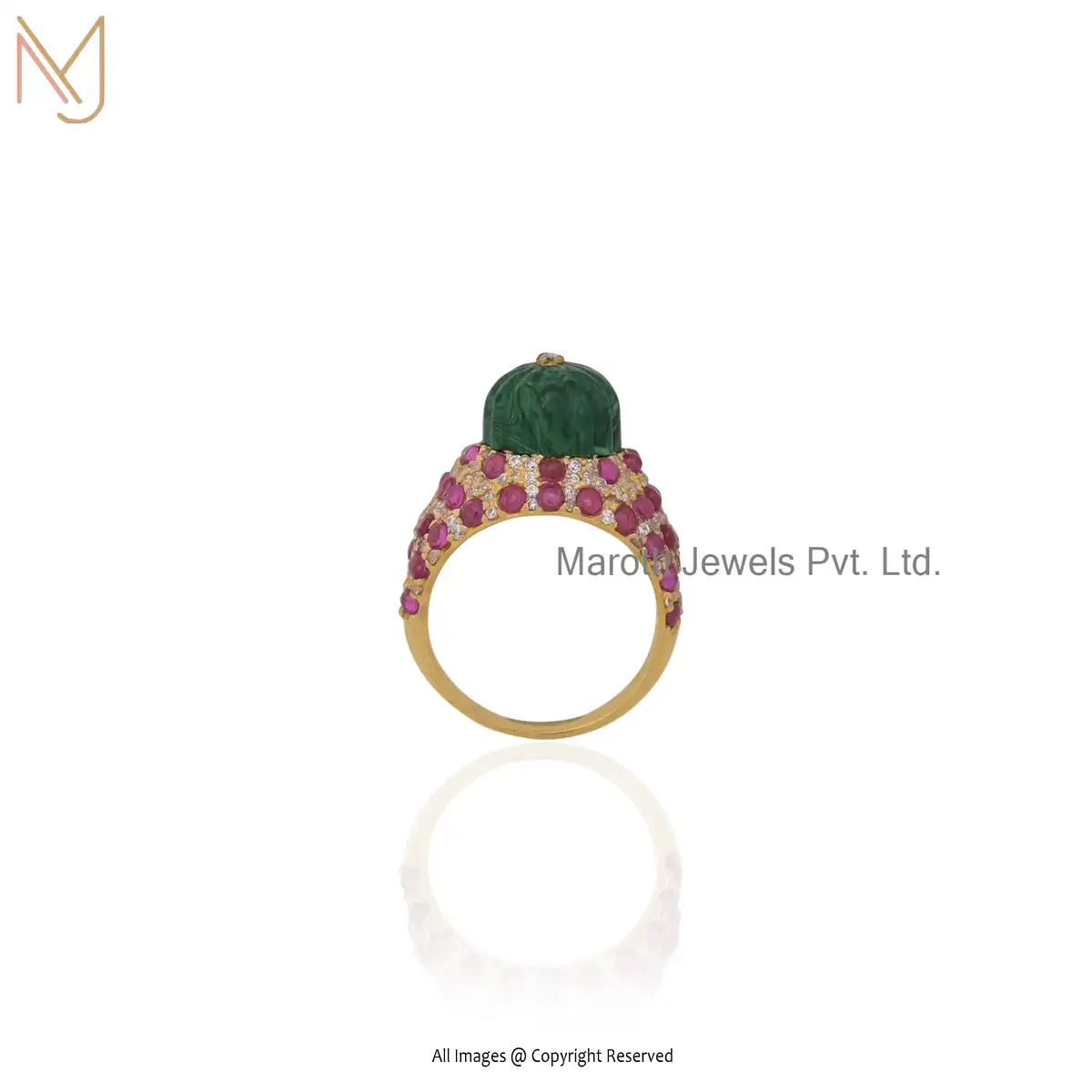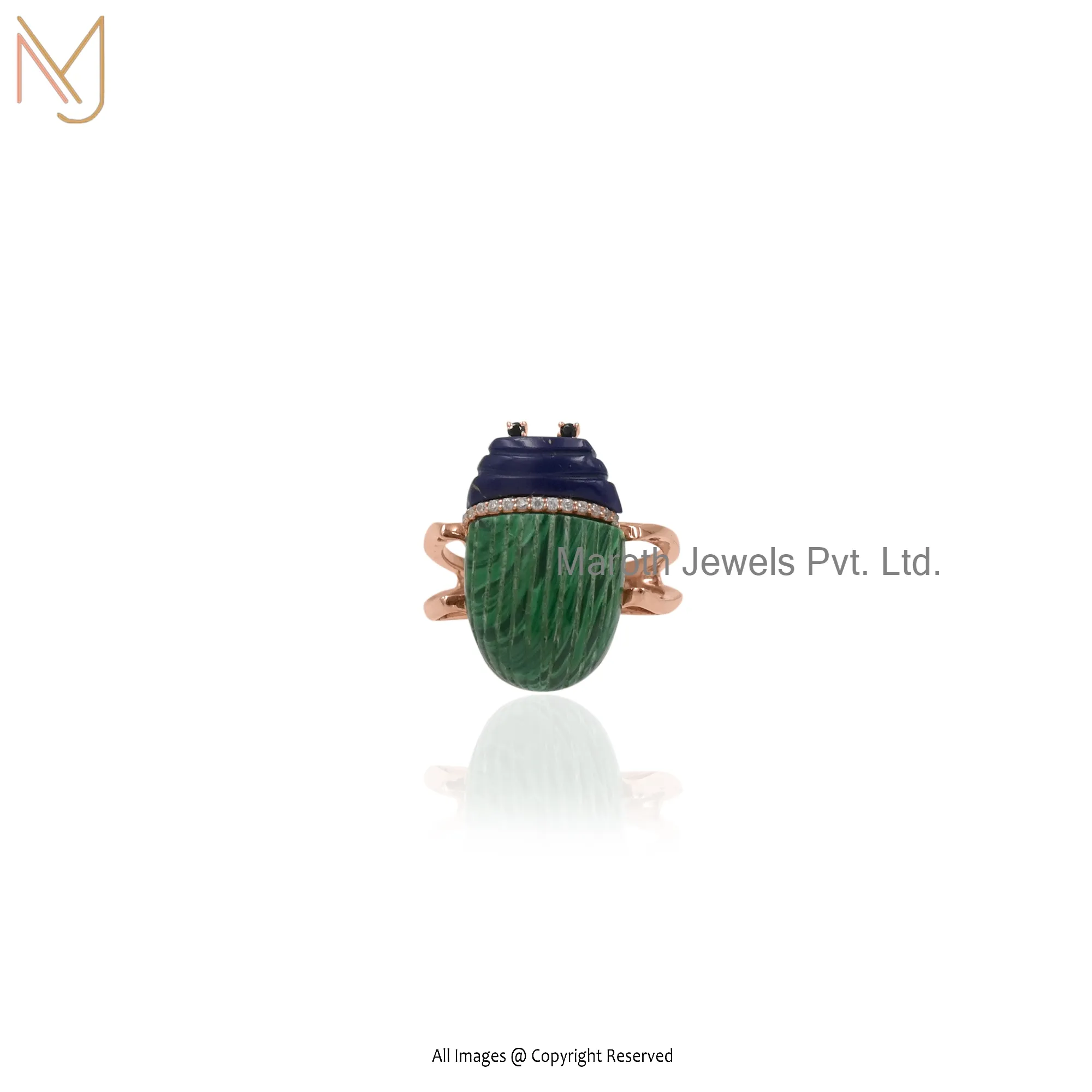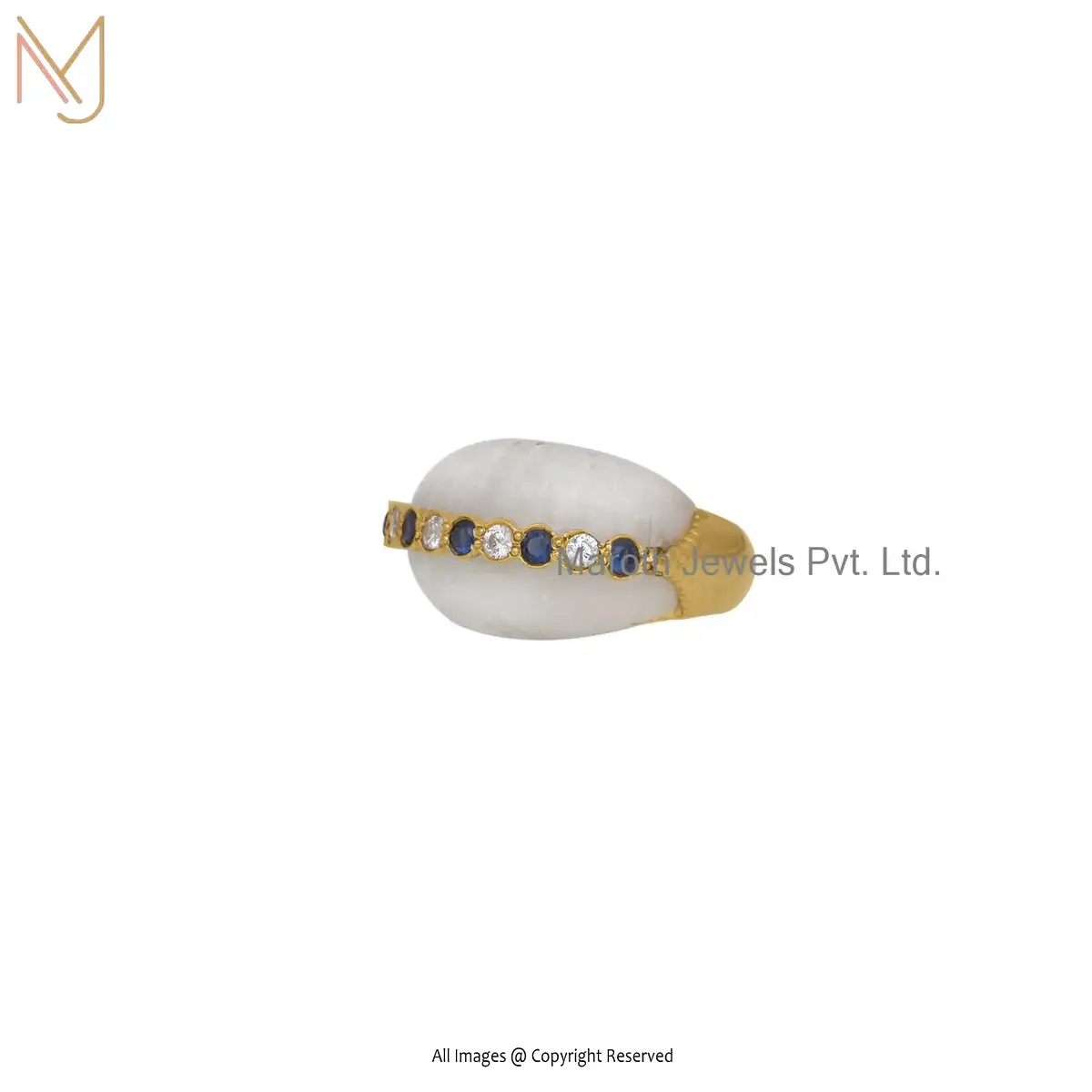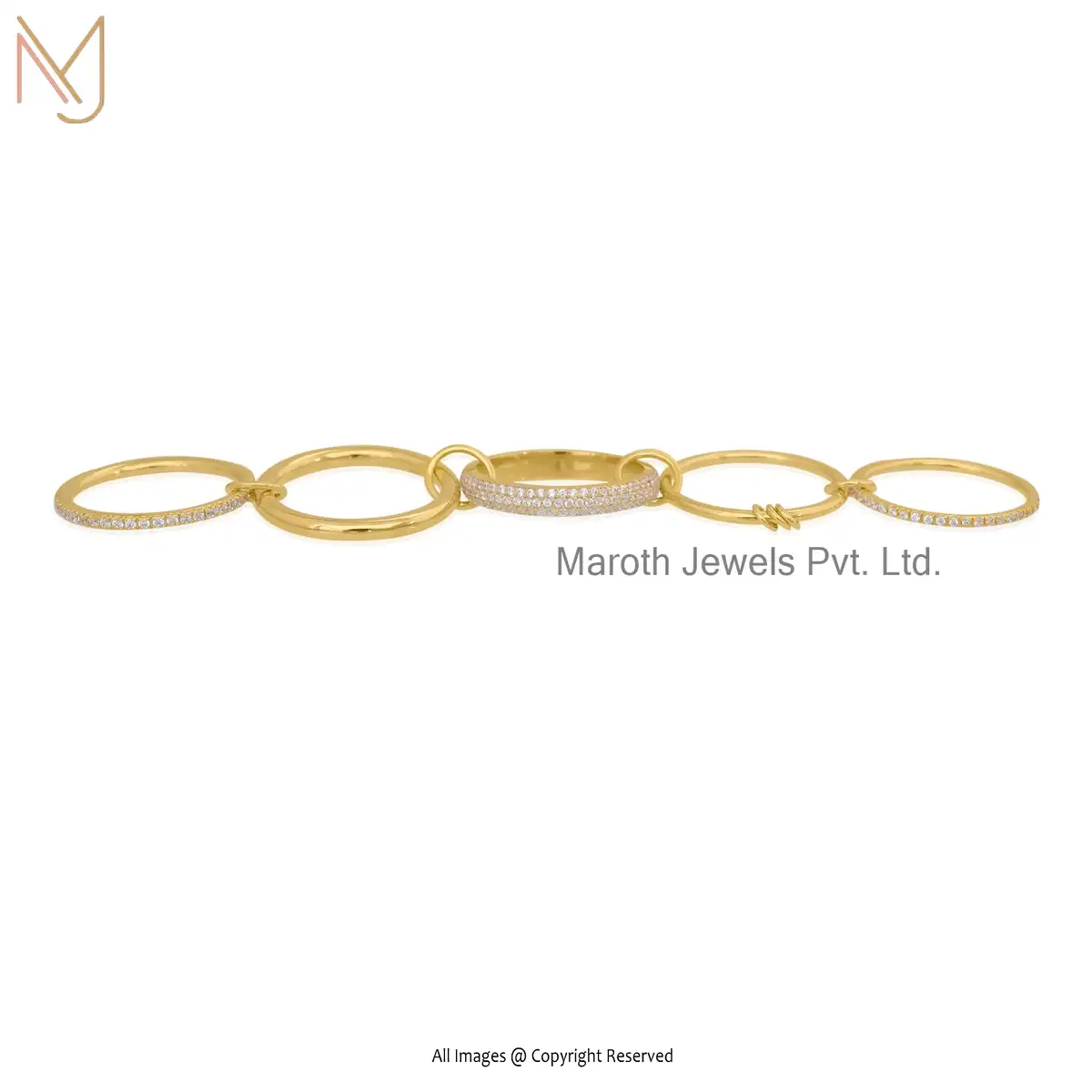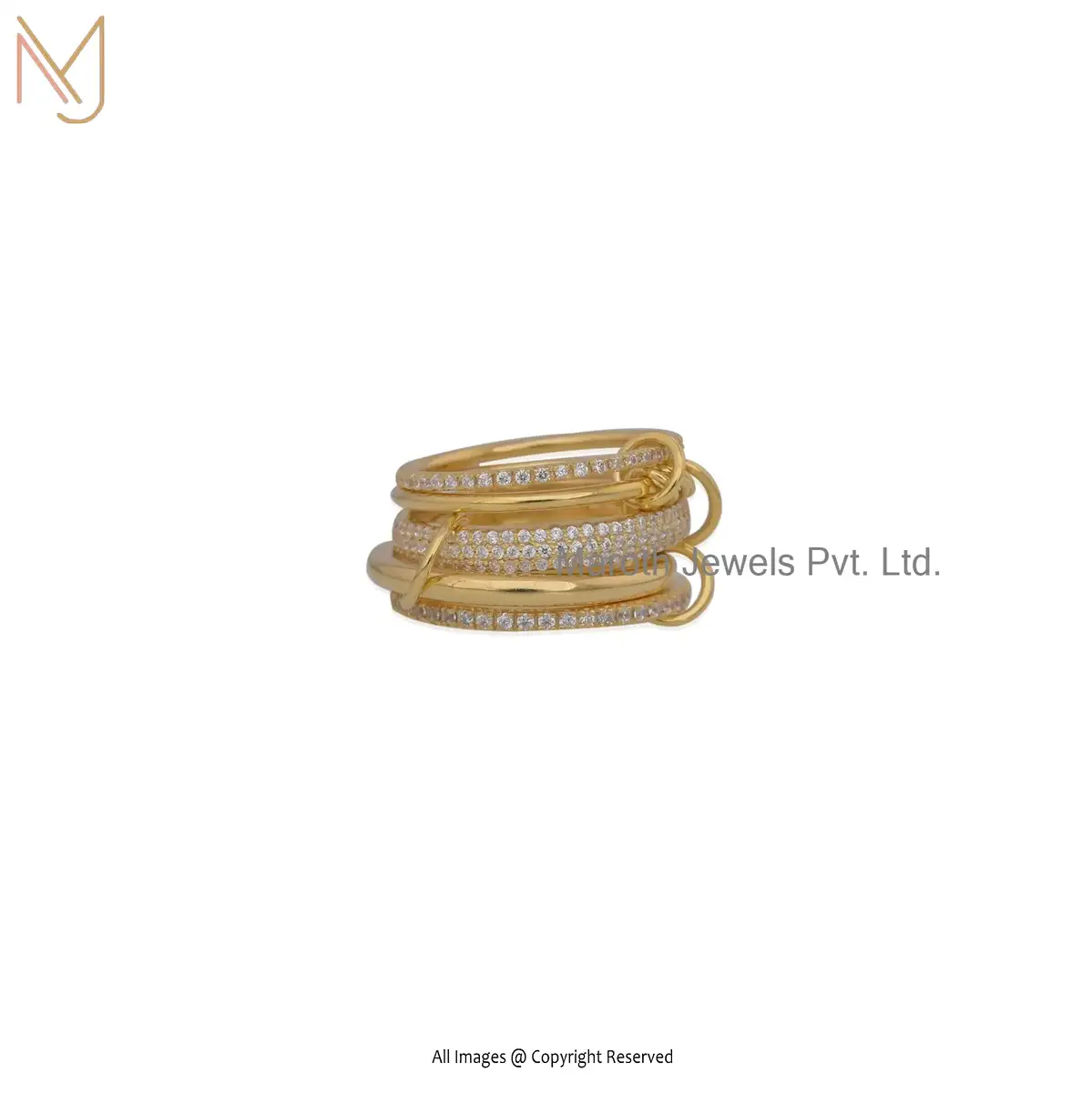What Crystals Should Not Be in the Sun?

What Crystals Should Not Be in the Sun?
Crystals are beautiful and powerful. They have various properties and benefits. However, not all crystals should be exposed to sunlight. Sunlight can damage some crystals. This can affect their appearance and energy. Knowing which crystals to keep out of the sun is important. It helps preserve their beauty and power.
Why Can't Some Crystals Be Exposed to the Sun?
Some crystals are sensitive to sunlight. Sun exposure can cause them to fade or crack. This affects their appearance and energy. Delicate crystals like amethyst and rose quartz can lose their color. Soft crystals like selenite can get damaged. Knowing which crystals are sensitive helps you protect them.
VISIT FOR :: Custom Jewelry
What Are the Effects of Sun Exposure on Crystals?
Sun exposure can cause crystals to fade. It can also make them brittle. This affects their energy and appearance. Crystals like amethyst can turn pale. Others can develop cracks. Prolonged exposure to the sun can weaken crystals. This reduces their effectiveness. It is important to know how sun exposure affects different crystals.
How to Prevent Sun Damage to Your Crystal Collection?
Prevent sun damage by storing crystals properly. Keep them out of direct sunlight. Use shaded or indoor areas. Display crystals in places away from windows. Use protective covers. This shields them from UV rays. Rotate your crystals. Do not leave them in the sun for long periods. Regular care prevents sun damage.
Crystals That Are Okay in the Sun
Some crystals are safe to be in the sun. These include quartz, citrine, and carnelian. Quartz is durable and does not fade. Citrine is also stable in sunlight. Carnelian can withstand sun exposure. These crystals can be safely charged in the sun. They maintain their appearance and energy.
How to Charge Crystals Safely in the Sun?
To charge crystals safely in the sun, limit exposure time. A few hours of morning sunlight is best. Avoid midday sun. It is too intense. Place crystals in indirect sunlight. Use a shaded area. This protects them from direct sun. Regularly check your crystals. Ensure they are not getting damaged.
What Should I Do If One of My Crystals Loses Its Color in the Sun?
If a crystal loses its color, move it out of the sun. Place it in a cool, dark place. This can help restore some of its energy. Cleanse and recharge the crystal. Use moonlight or earth methods. Accept that some damage may be permanent. Handle the crystal with care. It can still have energy benefits.
VISIT FOR :: Gold Plated Jewelry Manufacturer, Wholesaler & Suppliers
Charging Crystals in Sun vs. Moonlight
Charging crystals in the sun energizes them quickly. Sunlight is strong and direct. However, it can be harsh on sensitive crystals. Moonlight is gentle and soothing. It charges crystals without risk of damage. Moonlight is ideal for delicate crystals. Use both methods depending on the crystal type. This ensures safe and effective charging.
What Crystals Should Not Be in the Sun?
Many crystals should be kept out of direct sunlight. Here is a detailed look at some of these crystals:
#1. Amethyst
Amethyst is a popular crystal. It is known for its calming properties. However, it fades in sunlight. Prolonged exposure can turn it pale or even colorless. Keep amethyst out of direct sunlight. Store it in a shaded area. Use moonlight or other gentle methods to charge it.
#2. Rose Quartz
Rose quartz symbolizes love and compassion. It has a delicate pink color. Sunlight can cause it to fade. This reduces its beauty and energy. Keep rose quartz away from direct sunlight. Store it in a cool, shaded place. Charge it using moonlight to maintain its color and energy.
#3. Citrine
Natural citrine can handle sunlight. However, heat-treated citrine should be kept out of the sun. Heat-treated citrine can lose its color. It can also develop cracks. Identify if your citrine is natural or treated. Keep heat-treated citrine in shaded areas. Use gentle charging methods.
#4. Fluorite
Fluorite is a beautiful crystal. It has vibrant colors. Sunlight can cause it to fade. This affects its appearance and energy. Fluorite should be kept out of direct sunlight. Store it in a cool, dark place. Use moonlight for cleansing and charging.
#5. Aventurine
Aventurine is a green crystal. It is known for its healing properties. Sunlight can cause it to fade. This reduces its effectiveness. Keep aventurine away from direct sunlight. Store it in a shaded area. Charge it using gentle methods like moonlight or earth energy.
#6. Aquamarine
Aquamarine has a beautiful blue color. It is associated with calmness and clarity. Sunlight can cause it to fade. This affects its appearance and energy. Keep aquamarine out of direct sunlight. Store it in a cool, shaded place. Use moonlight for charging to preserve its color.
#7. Smoky Quartz
Smoky quartz has grounding properties. It is generally stable. However, prolonged sun exposure can cause it to fade. This reduces its energy. Keep smoky quartz away from direct sunlight. Store it in a shaded area. Charge it using moonlight to maintain its energy.
#8. Sapphire
Sapphire is a valuable gemstone. It comes in various colors. Sunlight can cause some sapphires to fade. This affects their beauty and value. Keep sapphires out of direct sunlight. Store them in a cool, dark place. Use gentle methods for cleansing and charging.
#9. Kunzite
Kunzite is a delicate pink crystal. It has a calming energy. Sunlight can cause it to fade quickly. This reduces its effectiveness. Keep kunzite away from direct sunlight. Store it in a shaded area. Charge it using moonlight to preserve its color and energy.
#10. Celestite
Celestite has a beautiful blue color. It is known for its calming properties. Sunlight can cause it to fade. This affects its appearance and energy. Keep celestite out of direct sunlight. Store it in a cool, shaded place. Use moonlight for cleansing and charging.
Conclusion
Knowing which crystals should not be exposed to sunlight is important. It helps maintain their beauty and energy. Use gentle methods like moonlight for charging. Store sensitive crystals in shaded areas. Proper care ensures your crystals remain powerful and vibrant. Protecting your crystals preserves their benefits and appearance.
READ MORE :: what crystals should not be in your bedroom
Recent Posts
Related products
14K Yellow Gold pave Diamonds Band Ring Jewelry Bands Rings Manufacturer
925 Silver Natural Silver RH Band Ring Jewelry Bands Rings Manufacturer
14K Yellow Gold Malachite Engraved Ring Jewelry Manufacturer
14K Yellow Gold Men's Ring Jewelry Manufacturer
925 Silver Gold Plated Men's Ring Jewelry Manufacturer
Private Lable 14K Yellow Gold Plated Pave Diamond & Rose Cut Ddiamond Ring Jewelry
Wholesale 925 Silver Yellow Gold Moissanite Round Ring Jewelry
Wholesale 14K Gold Moissanite Diamond Round Ring Jewelry
14K Yellow Gold Turquoise Band Ring Jewelry Supplier
Wholesale 14K Yellow Gold Moissanite Turquoise Enamel Band Ring
14K yellow Gold Yellow Sapphire Ring Jewelry Supplier
14K Yellow Gold Diamond Black CZ Band Connector Ring
14K Yellow Gold Malachite Red White CZ Ring Custom Jewelry
14k Rose Gold Malachite And Lapiz Lazuli White CZ Ring Manufacturer
Private Label 14K Yellow Gold Moonstone CZ & Blue CZ Ring
Wholesale 9K Rose Gold Cubic Zircon Connected Ring Jewelry
Wholesale 925 Silver Yellow Gold Plated Cubic Zircon Connected Ring Jewelry
Private Label 925 Sterling Silver Yellow Gold Plated Moonstone CZ & Blue CZ Ring
Contact Us For Custom Jewelry
Please get in touch with us and share your ideas if you have personalized jewelry or are searching for a private label jewelry manufacturer. In accordance with your suggestions, we will make and present genuine jewelry.
Drop Us a Line
Scan QR Code
for immediate contact






















